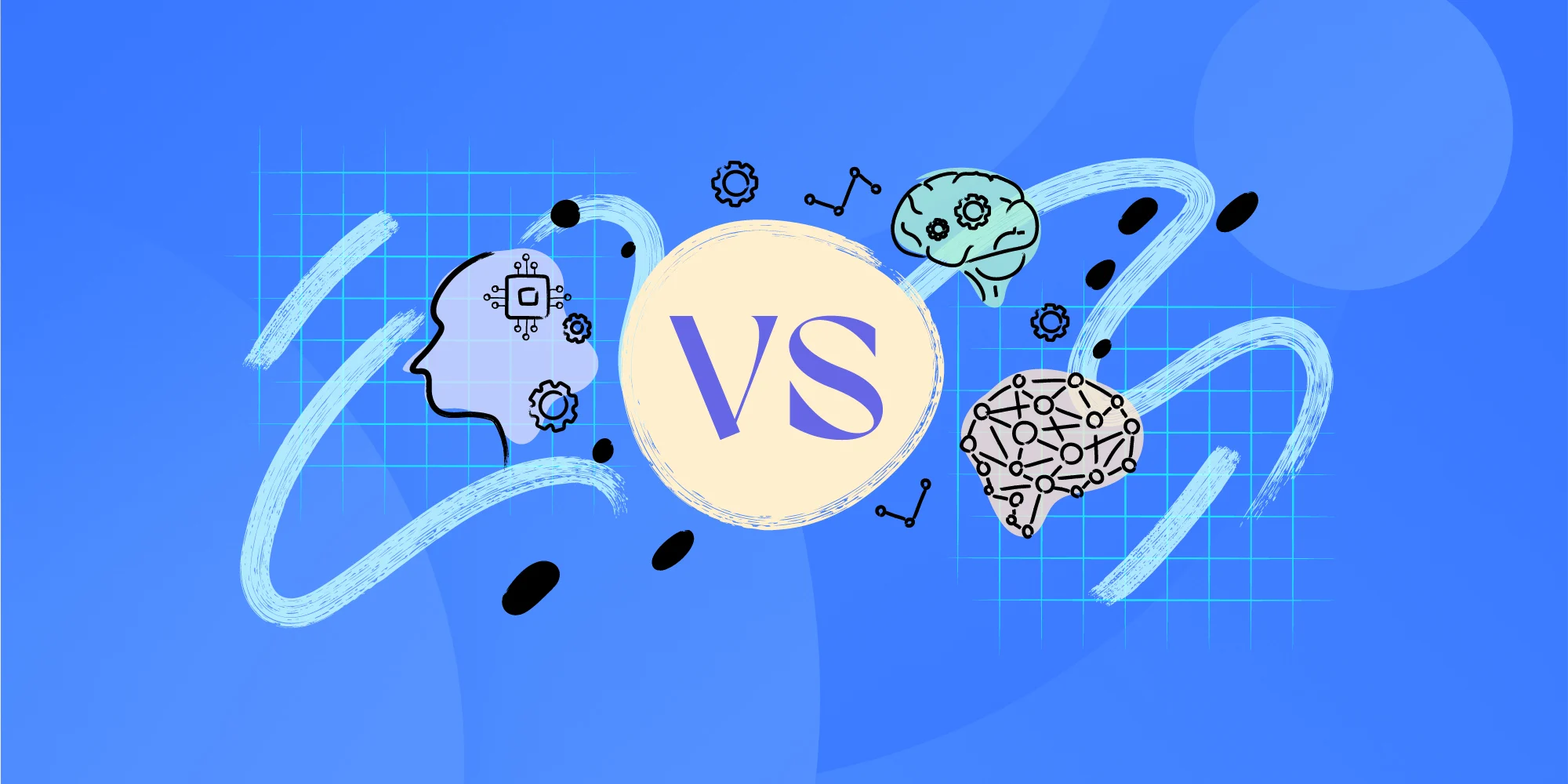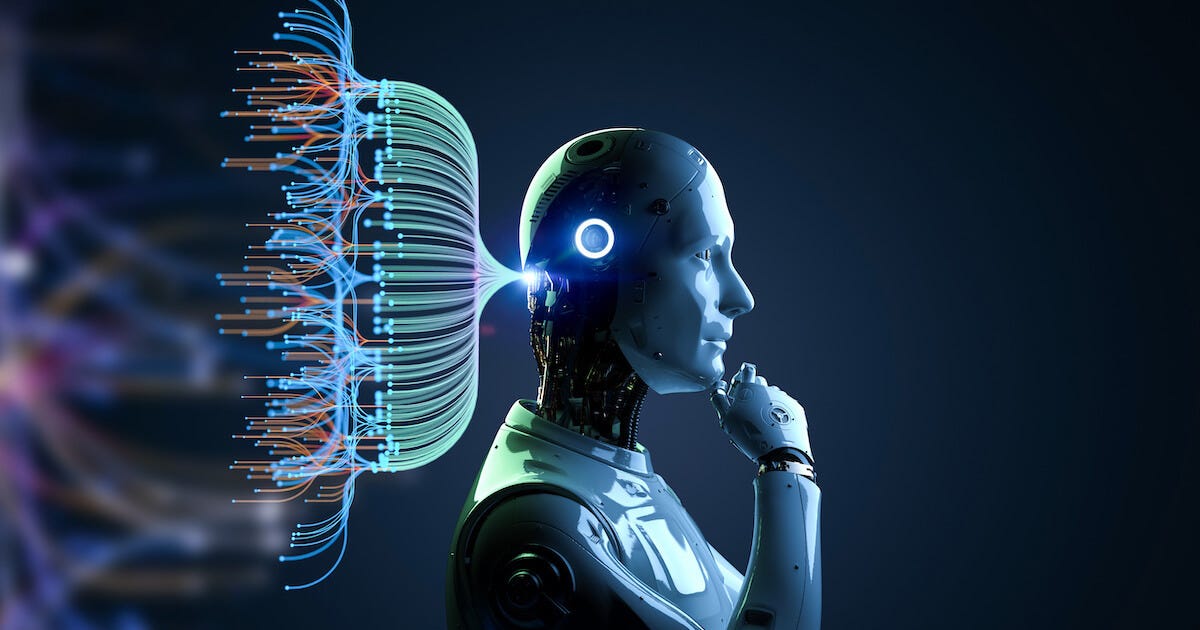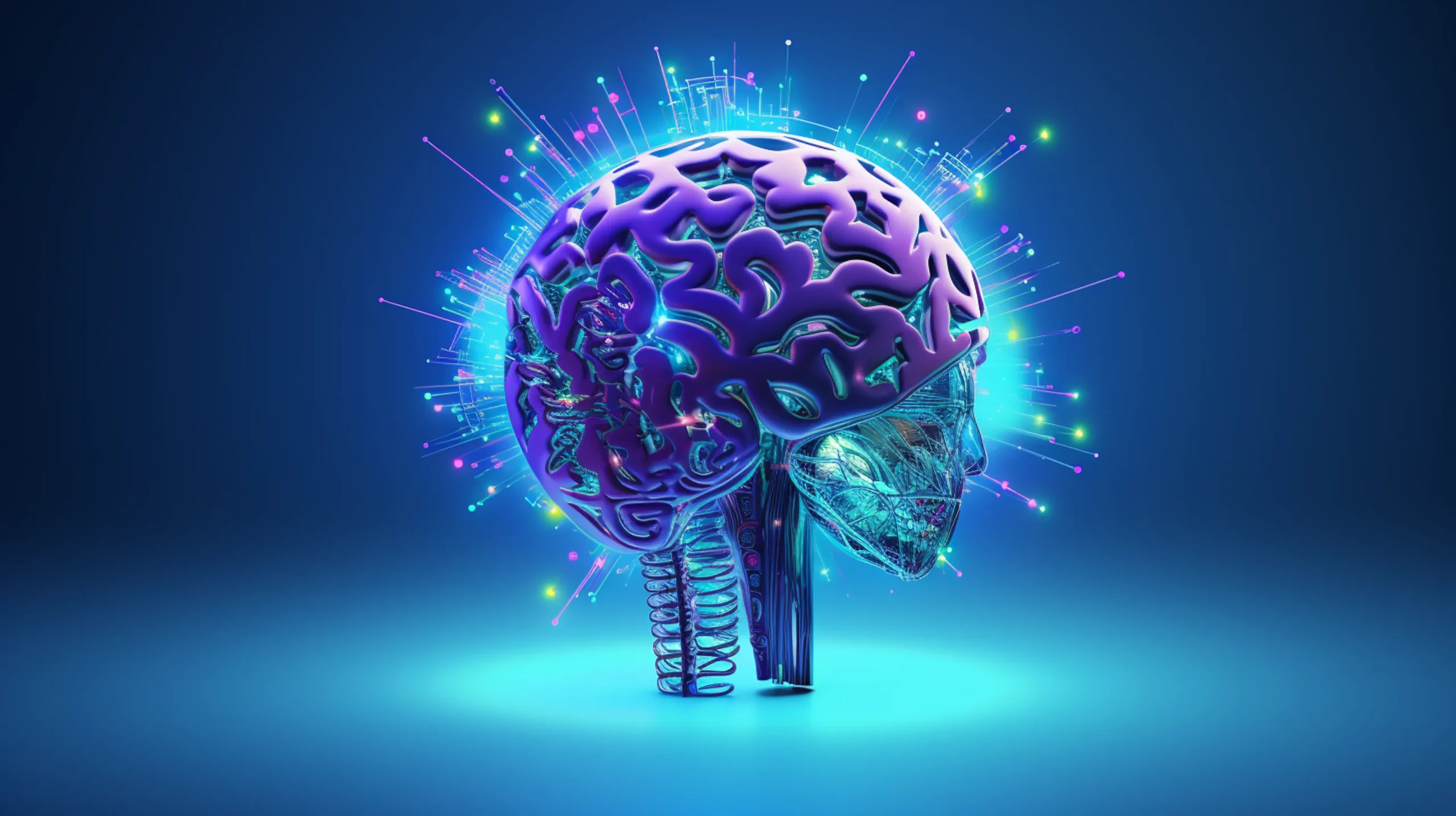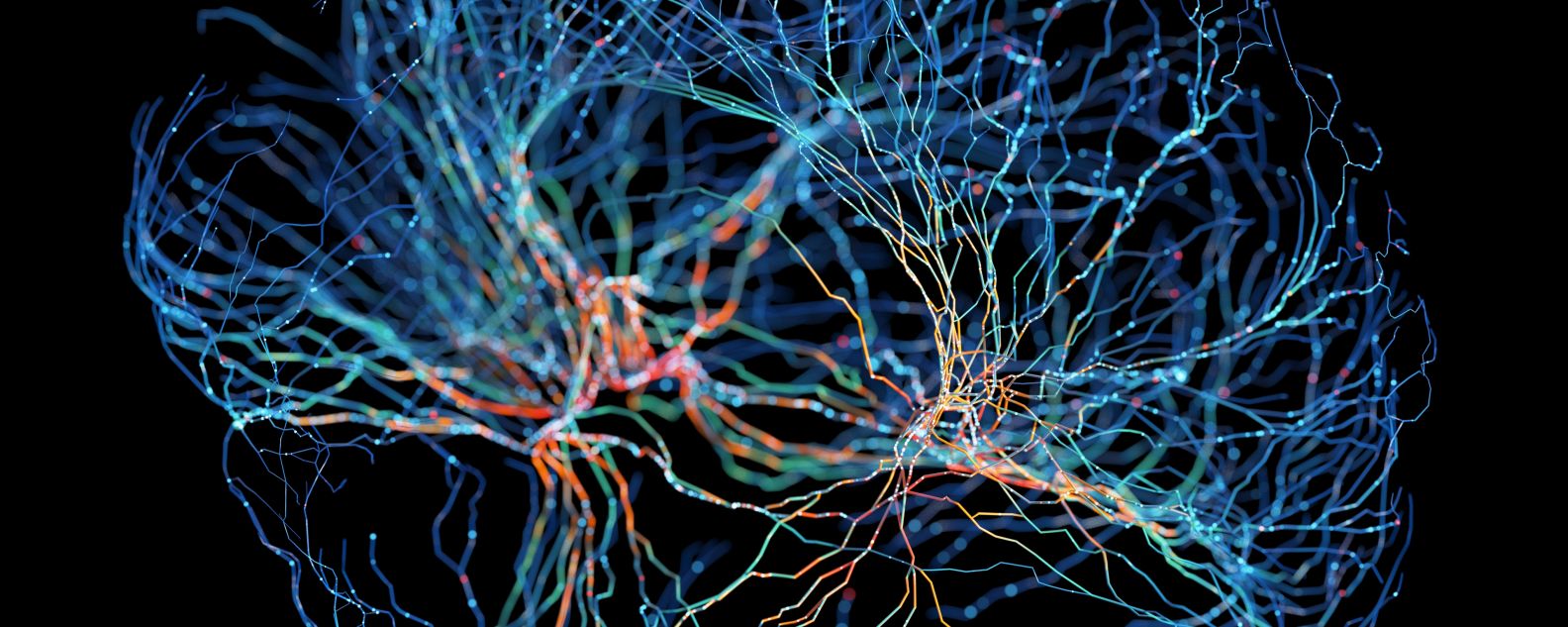Artificial Intelligence vs Machine Learning, What’s the Difference?
In today’s Technological Landscape, Artificial Intelligence (AI), Machine Learning (ML), and Deep Learning (DL) have emerged as Prominent new Tech. Companies worldwide harness these innovations to develop intelligent machines and applications, sparking widespread discussions. However, despite their prevalence, many individuals struggle to distinguish between these terms. This blog aims to answer the question Artificial Intelligence vs Machine Learning, What’s the Difference?
Elon Musk, a Technology Entrepreneur and Investor, raises a cautionary note about the Potential impact of AI on humanity. He emphasizes that AI, even without malicious intent, could pose a threat if its goals conflict with Human Existence.
Mark Cuban, an American Entrepreneur and Television Personality, underscores the importance of understanding AI, deep learning, and machine learning. He advocates continuous learning in these domains to avoid becoming obsolete in the rapidly evolving Technological Landscape.
Geoffrey Hinton,often regarded as the Father of Deep Learning, sheds light on the historical development of deep learning algorithms. He acknowledges the optimism surrounding earlier iterations in the 1980s and 1990s but highlights their limited success.
While these terms are Frequently used Interchangeably, they encompass distinct concepts. To demystify their differences, let’s Discuss Artificial Intelligence vs Machine Learning, What’s the Difference?

Artificial Intelligence vs Machine Learning, What’s the Difference?
Distinguishing between Artificial Intelligence (AI) and Machine Learning (ML) unveils the intricate web of technologies that empower Machines to mimic Human like capabilities. AI serves as an umbrella term Encompassing diverse strategies and techniques, ranging from smart assistants like Alexa to self-driving cars and robotic vacuum cleaners. On the other hand, ML stands as a specific branch within the broader scope of AI, focusing on the science behind developing algorithms and statistical models for computer systems. These models enable Machines to execute complex tasks without explicit instructions, relying on patterns and inference instead.
1. Artificial Intelligence and Machine Learning
AI and ML share common ground in their pursuit of complex tasks and outcomes based on Learned Knowledge. While AI spans various technologies beyond ML, both fields transcend basic automation, delving into the realms of Problem Solving and Data Analysis.
2. Humanlike Problem Solving
The synergy between AI and ML shines in their application to intricate tasks demanding precise outcomes based on learned knowledge. For instance, a self-driving AI car utilizes computer vision to recognize objects and adheres to traffic regulations for navigation. Similarly, a property pricing ML algorithm draws on knowledge of previous sales, market conditions, floor plans, and location to predict house prices.
3. Computer Science Fields at Play
Both AI and ML find their roots in Computer Science, focusing on creating Software capable of analyzing, interpreting, and comprehending complex data. Scientists in these fields aim to program computer systems to perform tasks that involve self learning, striving for efficiency equal to or surpassing human capabilities.
4. Cross-Industry Applications
The applications of AI span across industries, optimizing supply chains, predicting sports outcomes, improving agricultural outcomes, and personalizing skincare recommendations. ML applications are equally diverse, including predictive machinery maintenance scheduling, dynamic travel pricing, insurance fraud detection, and retail demand forecasting.
5. Key Differences: AI vs Machine Learning
While ML is a specific branch of AI with a narrower focus, AI encompasses a myriad of strategies and technologies beyond ML’s scope. Here are some key differences between the two:
Objectives:
- AI aims for machines to efficiently complete complex human tasks involving learning, problem solving, and pattern recognition.
- ML’s goal is for machines to analyze large volumes of data, identifying patterns using statistical models and producing results with associated probabilities.
Methods:
- AI employs various methods like genetic algorithms, neural networks, deep learning, search algorithms, rule based systems, and ML itself.
- ML methods fall into two categories: supervised (learning from labeled input and output data) and unsupervised (exploratory, discovering patterns in unlabeled data).
Implementations:
- Building an ML solution involves selecting and preparing a training dataset, choosing a preexisting ML strategy, and continuous refinement with updated data.
- AI product development is typically more complex, often relying on prebuilt AI solutions developed through years of research, available for integration through APIs.
Requirements:
- ML solutions require a dataset for training and sufficient computational power, often achievable with a single server instance or a small cluster.
- AI solutions may have varying infrastructure requirements depending on the task, ranging from high computing use cases requiring thousands of machines to prebuilt AI functions available for integration without additional resources.
Understanding these distinctions provides clarity in navigating the multifaceted landscape where Artificial Intelligence and Machine Learning converge and diverge, shaping the future of technological innovation.

6. Machine Learning
As a dedicated subfield of AI, Machine Learning zeroes in on training algorithms with datasets to create models capable of intricate tasks. It serves as the primary interface for most individuals engaging with AI in their daily lives. Whether through video recommendations, troubleshooting chatbots, or virtual assistants responding to requests, ML underpins many AI applications, enriching user experiences and streamlining processes.
7. AI vs. ML vs. Deep Learning
While AI, ML, and Deep Learning (DL) are often used interchangeably, each term boasts its unique identity. AI encompasses the entirety of human like cognition in computer software. ML, as a subset of AI, leverages trained algorithms, while DL, a subset of ML, harnesses artificial neural networks for complex tasks without human intervention.
8. Everyday Applications
Surprisingly, AI seamlessly integrates into our daily lives, influencing various aspects without us realizing it. From fraud checking in banking programs to spam filters protecting our inboxes and personalized recommendations on streaming platforms, AI and ML play pivotal roles. In healthcare, AI aids in scanning for cancerous growths in X-rays, developing personalized treatment plans, and optimizing resource allocation in hospitals.
9. AI in Business
The impact of AI on businesses is nothing short of revolutionary. Automation cuts costs, while data analysis provides actionable insights, disrupting industries in the process. A 2020 study by New Vantage Partners highlighted that 91.5% of surveyed firms invested in AI, recognizing its potential to reshape the business landscape.
10. Supply Chain Agility
In the complex web of global supply chains, AI emerges as the guiding force. AI enhanced digital supply chains track shipments, forecast delays, and troubleshoot on the fly, ensuring the efficient flow of goods worldwide. This adaptive use of technology addresses the challenges posed by the intricate nature of modern supply chains.
11. Capabilities of AI
The versatility of AI manifests through a diverse range of capabilities, including pattern recognition, predictive modelling, automation, and personalization. Advanced AI extends its prowess to power self driving cars and conquer strategic games like chess or Go ( Alpha Zero). These applications showcase the breadth of possibilities, illustrating how AI can seamlessly integrate into various domains.
12. Benefits and Future Trends in AI and ML
AI and ML yield an array of benefits for both Consumers and Businesses. Consumers relish personalized services, while businesses experience reduced costs and heightened operational efficiency. The global AI market anticipates exponential growth, projected to expand from $136.6 billion in 2022 to an astounding $1.8 trillion in 2030, as per Grand View Research.
Comprehending the Difference between AI and ML unveils the intricate web that shapes our present Technological Landscape. As we navigate this dynamic realm, acknowledging the unique contributions of each term is paramount. AI and ML stand as pillars of innovation, promising a future where technology seamlessly intertwines with our daily lives, bringing forth unprecedented possibilities.
Also, Read How Will AI Affect The Jobs in Future.
Check out all the Latest AI and ML Jobs


